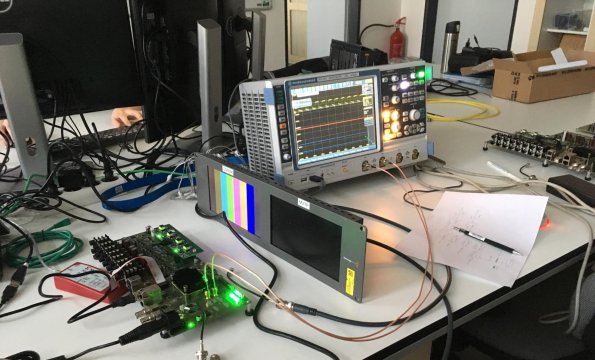What we do
The HWLab provides its facilities to the Embedded Security Lab, the Network Traffic Monitoring Lab, the Intelligent Embedded Systems Laboratory, individual students and staff, as well as colleagues from other research laboratories. Anytime anyone needs any hardware, from oscilloscopes to multimeters, from soldering irons to screwdrivers, from teaching aids to discrete devices, they come to us. We also closely collaborate with CESNET.
In the HWLab, we predominantly focus on design and prototyping of embedded systems. Our outstanding stock of components and available equipment enables us to create complete embedded system prototypes. We are able to etch a printed circuit board (PCB), fit it, program it and test it.
Another part of our work is looking after educational hardware used in courses: “Computer Structures and Architectures” (BIE-SAP), “Practical Digital Design” (BIE-PNO), “Embedded Systems” (BIE-VES) and “Real-Time Systems” (BIE-SRC).




